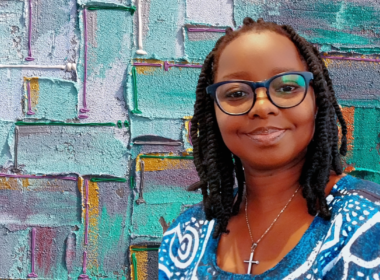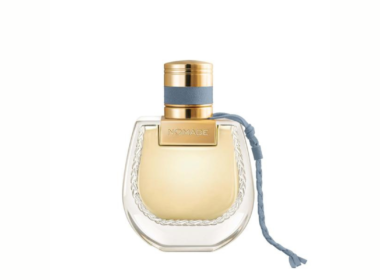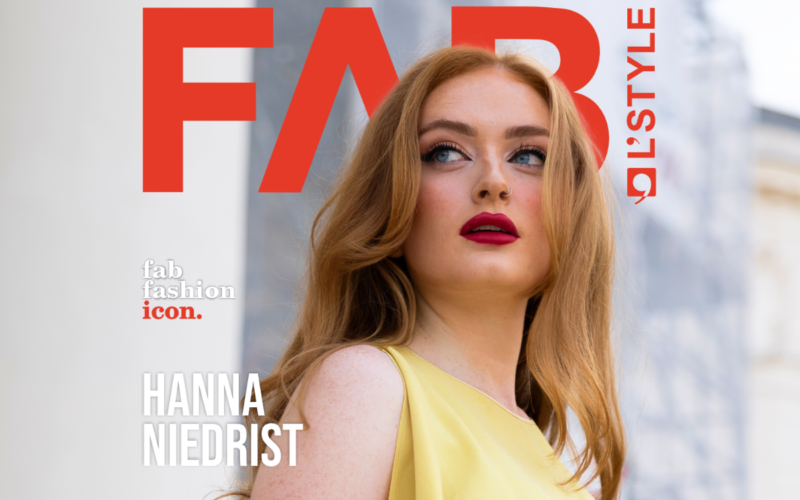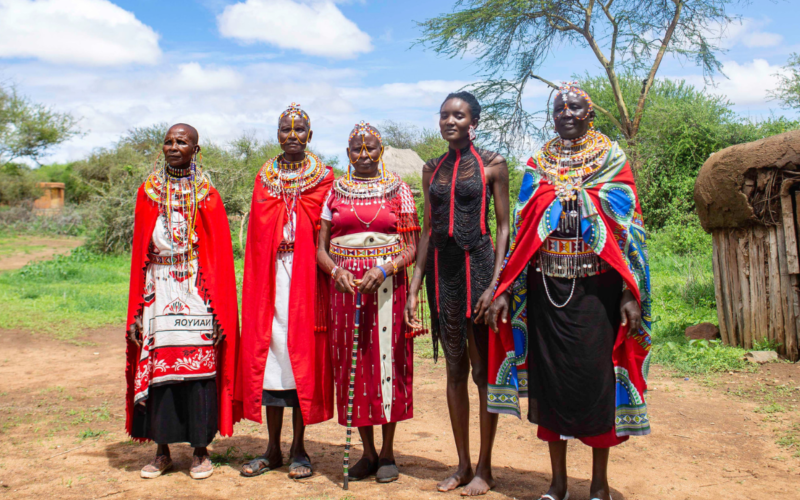Elhadji Samba Diedhiou, known as Baba Diedhiou, is a photographer and video artist who was born in 1991 in Silinkine, a community in the Casamance region of southern Senegal. The young artist graduated from the Centre Internationale des Arts Contemporains et des Cultures (CIAC), Pôle des Arts Visuels in Dakar, and studied at the Ecole des Arts Visuels de Marrakech (ESAV). He is currently Professor of Advertising and Graphic Design at the Ecole Nationale des Beaux-Arts de Dakar and Communications Officer at the Centre Culturel Régional Blaise Senghor.
As a passionate footballer, he was destined for a career as a professional sportsman. His talent was recognised early on, and he was invited to take part in sports trials in Italy. However, fate had other plans. He was the victim of a terrible accident in which his close friend lost his life on a street in his neighbourhood in Grand Dakar, where he had grown up, while he was waiting for the result of the football test. Baba himself was seriously injured. After several months in the hospital, he finally realised that he no longer had the physical ability to play top-level football. This was the moment he decided to take up photography. We had the pleasure of talking with this extraordinary artist at the ongoing Afriques festival at Aux Gazelles, Vienna (August 1st to 31st, 2024).

FAB: How did you go about selecting the pieces for this exhibition, and what was the curation process like?
Baba Diedhiou: I actually found out about this exhibition through Gudrun Kollegger, who put me in touch with Christine Ruckendorfer from Aux Gazelles, who was preparing her first Contemporary Art and Culture Festival, Afriques. When Gudrun found my work, she thought it would be interesting for me to take part in this exhibition. When she suggested it to Christine, Christine said yes, I was missing the digital technique. So I chose these works, which I called “réflexions intimes“. I sent them to Christine, who immediately included the pictures in the exhibition.
FAB: Fantastic. And what is the central theme or concept of your current exhibition at Aux Gazelles’ Afrique festival, and what inspired you to choose this theme?
Baba Diedhiou: It’s about the relationship that I have as a photographic artist with women, as well as about Africa and other things. When you look at it, there are only titles for women: there’s Ina, there’s Diva, and there’s Debbo. Debbo means woman in Peuhl. Ina means Mum in my mother tongue, Diola, and Diva—everyone knows what it means. To tell you about “Réflexions intimes“, it’s a series and a work of research that I had to do for many years after my studies. It is the fruit of my research, which is digital painting.
Digital painting makes a photo masterful through technological painting. It involves taking a photo and painting it digitally. This is what inspired me. But how do you paint digitally and not paint like normal? I just paint, and I invite people to imagine what the photo was like before I got to this stage and to come and experience this moment in the life of the photo.

FAB: Are there any new works or series being showcased for the first time at this exhibition? If so, can you tell us about them?
Baba Diedhiou: The three works I’ve chosen are from the series “Réflexions intimes,” which is multi-faceted; there’s the technical part, the digital part, and the art works. They are shown for the first time.
FAB: How does this exhibition reflect your views on contemporary Senegalese culture and its global connections?
Baba Diedhiou: “Réflexions intimes” is much more about this intimate dialogue between the spectator and his tradition. A silent but powerful exchange that transcends cultural barriers and mystics.
For me, art is the mirror of our perception of the world. In “Réflexions Intimes,“ there is a vibrant reflection of modern Africa that I capture in every nuance, in every texture, and in every movement. I also invite people to travel introspectively and explore their own understanding of cultural diversity through my photographic works.
More Like This:
The hidden costs of exhibiting at a fashion show in Vienna
Making a Splash: Marketing Your Products at a Fashion Exhibition Event
The most luxurious hammam experience in Vienna can be found at Aux Gazelle
FAB: Which particular piece in this exhibition holds the most significant personal meaning to you?
Baba Diedhiou: All the pieces left their marks on me. But yes, there is one that has a particular meaning for me. It’s the piece I called Ina, with the three women dancing. It’s a way of paying tribute to my mother, who was always there when things were difficult for me in the hospital. So for me, this work reflects her. The dancers’ smiles reflect my mother’s face. This work speaks to me much more emotionally. Stay up to date on the latest in fashion, arts, beauty, and lifestyle by following FAB L’Style Magazine.

FAB: Are there any specific techniques or materials you used in this exhibition that are new or experimental for you?
Baba Diedhiou: As far as technique and materials are concerned, I use a camera like any other photographer, whether it’s analogue or digital. And beyond that, there’s a lot of work, a lot of thought, and a graphic aspect that I add to my artistic practice as a graphic designer. This allows me to stand out from other photographers, to take a new approach to photography, to question myself, and to encourage people to travel with me through my photographic practice and across Africa.
FAB: What emotions or messages do you hope to evoke in the audience through your work in this exhibition?
Baba Diedhiou: I invite people to come and experience this moment, this introspective journey. I invite people to explore their own understanding of our cultural diversity through their eyes and through my photographic work. It is a universal language that transcends borders, celebrating the diversity of the human experience.
FAB: Have you received any feedback from viewers so far? What has been the most surprising or memorable reaction?
Baba Diedhiou: Yes, I got a lot of feedback because everyone was asking me questions and telling me that my photos are strong, that there is depth, and that I capture those moments. To be honest, it’s much more memorable to encourage people to travel with you in your artistic universe. That’s something that makes me happy.

FAB: How does exhibiting your work in Vienna differ from exhibiting in other parts of the world, particularly in Senegal or other African countries?
Baba Diedhiou: For me, exhibiting in Vienna is “Ubbeeku,“ which means openness in Wolof, opening up to the world.
For me, this reflects the theme I addressed at my last solo exhibition in France: opening up to the world with another facet of culture, through dance, fashion, and cultural aspects. When we talk about photography, we always allude to fashion. In ‚réflexions intimes’ we don’t just see women dancing; we see women who are well dressed according to tradition.
FAB: How does this exhibition fit into your broader artistic journey and future projects? What directions do you see your work taking after this?
Baba Diedhiou: For me, exhibiting in Vienna is a great opportunity to meet other people, other art lovers. Exhibiting in Vienna also gave me a different perception of art and a lot of expectations and consistency about my current projects. This exhibition opened doors and opportunities for me. Right now I’m doing the interview with FAB, and that’s something I welcome because every artist needs to have international articles to be seen.

Baba Diedhiou: The message I’d like to share is to just come and travel with us at Aux Gazelles, to support the artists, to acquire works of art, and to share with us what unites us and makes us happy—art.














